Whether you’re looking to make it easier to pull your car into the garage, provide traction around the pool or simply improve the aesthetics of your home, exposed aggregate concrete is a great option. It’s cost-effective, durable and easy to maintain.
But is it the right choice for your home? Read on to learn more about the advantages of this unique finish from a reputable contractor in Melbourne.
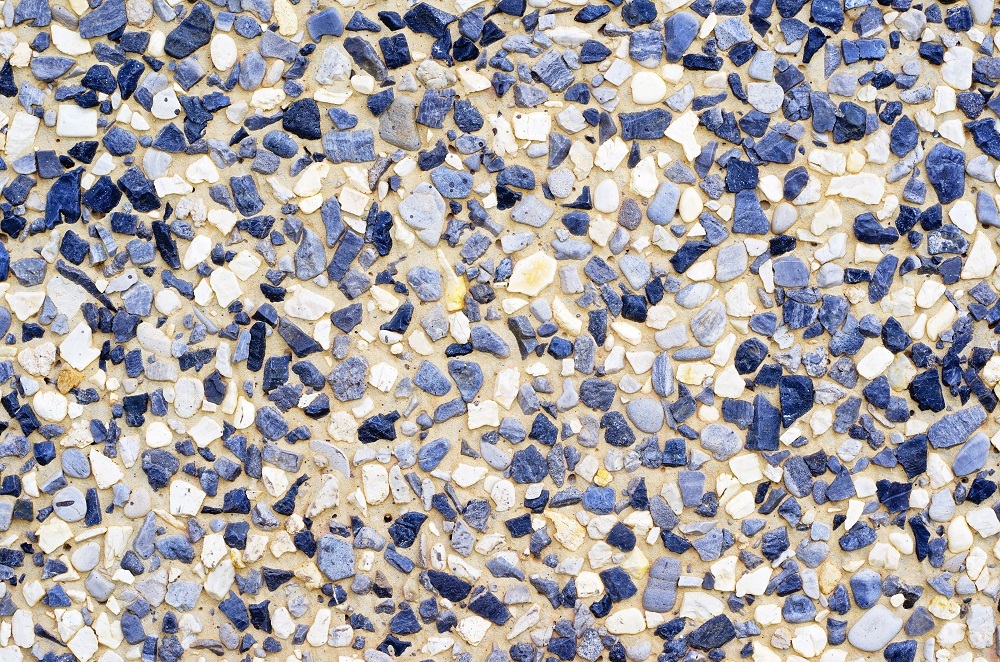
1. Aesthetics
Concrete surfaces don’t have to look plain and boring. With exposed aggregate, the textured surface shows off the color and texture of the stones in the mix, creating a look that’s dynamic, natural and attractive. It’s perfect for driveways, walkways and patios, as well as entryways and pool surrounds, adding a customized look to your home.
The appearance of exposed aggregate can be tailored to suit your tastes by selecting the type of pebble, its color and the placement of the coarse aggregates within the concrete. Sizes range from very small to larger, with rounded pebbles generally being preferred for patios as they are more comfortable on bare feet. The matrix used to bind the aggregates together also has an impact on the overall look. For example, a grey concrete matrix will create a neutral tone, while a red or blue concrete will have a more dramatic effect.
Once the concrete is poured, skilled installers like Melbourne Concreters will spread the desired coarse aggregates over the concrete and smooth it to ensure an even distribution. The finished concrete is usually then sealed to prevent stains and enhance the colors of the aggregates. A good sealant will also keep the surface water resistant, preventing the growth of moss and weeds. You can choose to have the concrete sealed in a matte, glossy or slick finish.
2. Durability
A major advantage of exposed aggregate concrete is that it’s extremely durable. The stones used in the concrete mix add strength and help prevent surface wear. The textured finish is also a good deterrent for stains, as it is less likely to trap dirt and oil. Exposed aggregate concrete can last a long time with proper care and routine maintenance, such as occasional resealing.
This type of decorative concrete is very versatile, as you can choose from a wide range of color and texture options. It’s also environmentally friendly, as many of the materials can be recycled. For example, sea shells and bead glass can be used as a way to customize the look of the concrete and reduce the overall cost.
However, it’s important to keep in mind that the process is complex and requires a high level of expertise. A qualified concrete contractor will be able to create the perfect mix design for your project and determine the right timing for the exposing process. This makes it difficult for the average homeowner to accomplish on their own without the proper equipment and knowledge. Additionally, the textured surface may be uncomfortable for some people to walk on with bare feet. This is especially true in cold climates. However, these are minor drawbacks compared to the countless benefits that this type of concrete provides.
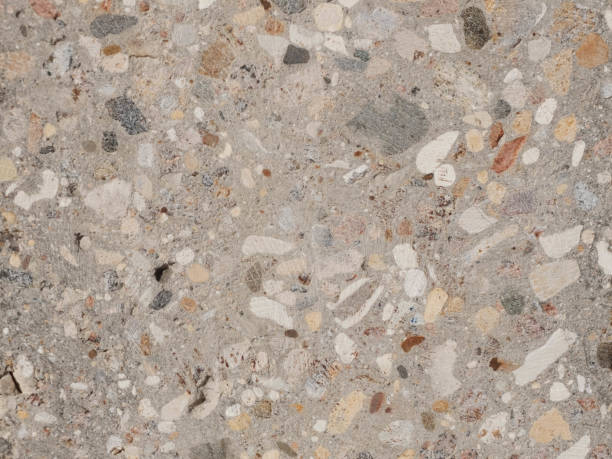
3. Safety
Despite its rugged look, exposed aggregate is not especially prone to damage, provided it is treated with care. It is a relatively safe option for high-traffic surfaces like driveways and patios, though it may be more prone to damage than standard concrete, particularly in areas where vehicles frequently pass.
The first step in any exposed aggregate project involves meticulous site preparation, which includes excavation and debris removal to create a stable base for the concrete slab. Once the site is ready, contractors erect formwork and pour the concrete. Once the concrete has cured sufficiently, it is removed from the formwork and troweled to smooth it and remove the cement paste. Contractors can then choose to expose some or all of the aggregate in accordance with their client’s design preferences.
One method of exposing the aggregate involves washing and brushing the concrete after it has cured, but this process is tricky to get just right. It’s crucial to start this process when the concrete has cured enough to support your weight without compressing or shifting. If you don’t get the timing right, your concrete could crack or break, leaving a less attractive surface behind.
Another way to avoid the potential for damage is to seal your exposed aggregate surface. This prevents moisture, dirt, and other foreign substances from causing stains and discoloration. A reputable installer will advise you on which type of sealer is best for your concrete and how often you should reseal it.
4. Cost
Concrete contractors that specialize in exposed aggregate have a competitive advantage, and their rates are typically more affordable than those of standard concrete contractors. This is because this type of decorative concrete requires specialized techniques that are often beyond the skillset of generalized concrete flatwork finishers.
Exposed aggregate is a popular choice for pool decks, landscaping, and paving. Besides adding a unique design, this type of concrete is highly durable and slip-resistant. The textured pebble surface ensures excellent grip even when it is wet, making it safer for people to walk on than smooth concrete. Moreover, this material is also easier to maintain, and can withstand the heavy traffic of children and pets.
Depending on the project, the cost of installing exposed aggregate can range between $6 and $18 per square foot. This is due to several factors including site preparation, the type of concrete used (powdered or chipped), and the labour costs of experienced contractors.
To reduce the cost of a driveway or patio, choose a contractor who uses a low-pressure sprayer during the curing process to minimize the amount of water that is sprayed onto the concrete. This will keep the surface clean and prevent premature wear from the use of high-powered pressure washers that can loosen or break the stones or pebbles that are embedded in the concrete.

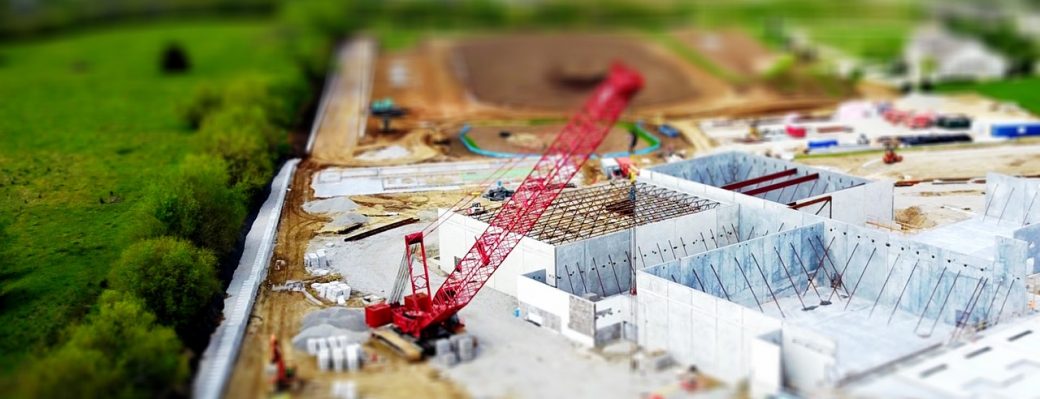

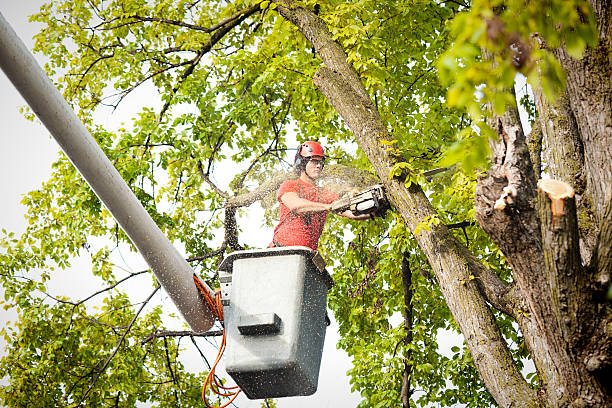
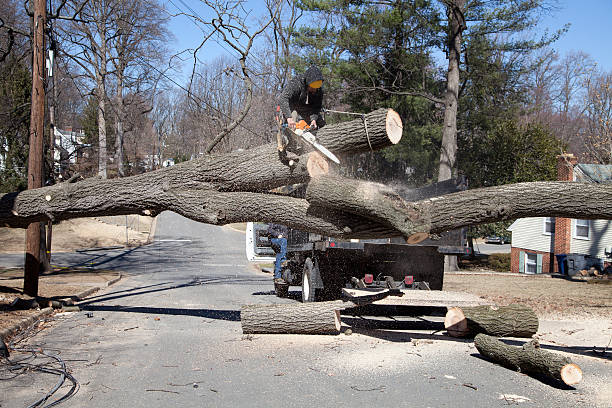

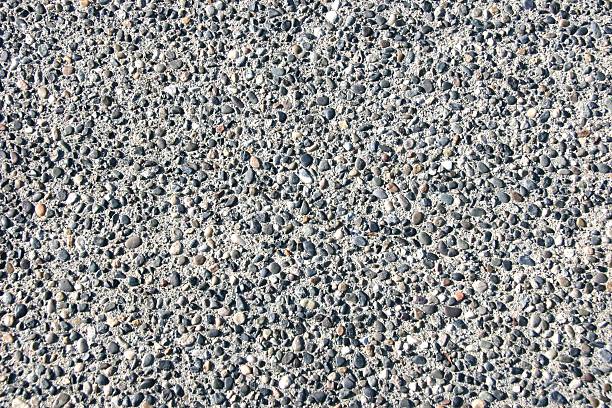 Exposed aggregate concrete is a style of surface concreting that has become extremely popular in recent years. Its unique appearance draws attention and offers homeowners a decorative finish with an aesthetic appeal that is unlike anything else. Exposed aggregate concrete Italcon is also a practical option for homeowners as it is durable, hardwearing and will inhibit the growth of weeds. In addition, it can be used in a variety of outdoor spaces including driveways, patios and walkways.
Exposed aggregate concrete is a style of surface concreting that has become extremely popular in recent years. Its unique appearance draws attention and offers homeowners a decorative finish with an aesthetic appeal that is unlike anything else. Exposed aggregate concrete Italcon is also a practical option for homeowners as it is durable, hardwearing and will inhibit the growth of weeds. In addition, it can be used in a variety of outdoor spaces including driveways, patios and walkways.